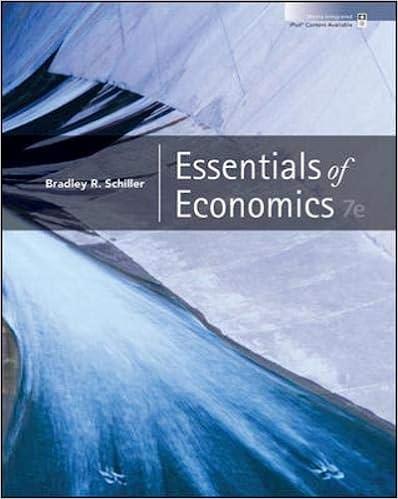Question
. Consider a Collective Action game given by the payoff functions P(n) = n and S(n) = N n. (Set N = 100 if it's
. Consider a Collective Action game given by the payoff functions P(n) = n and S(n) = N n. (Set N = 100 if it's helpful.) Note that a feature of these functions is that agents want to "go along with the crowd." To see this, consider the perspective of an individual agent: If everyone else chooses P, then the agent is better off if he/she also chooses P, while if the everyone else chooses S, then the agent is better off if she/he also chooses S. This is in contrast to the Commuter game, where everyone wants to behave differently from the crowd; specifically, if everyone else takes the train, then any given commuter would want to drive, and if everyone else drives, then any given commuter would want to take the train.
(a) Draw the two functions P(n) and S(n) on the same graph. Note that choosing P has a positive spillover. That is, the choice of P by any individual increases the payoff from choosing P for all other players. Note 1 that this is in contrast to the Commuter game, where choosing P has a negative spillover. In particular, when any commuter chooses to drive, it increases the commuting time for all other drivers.
(b) Find the Nash equilibria.
(c) Write down the social welfare function, and draw the function W(n) N on the same graph as P(n) and S(n). What is the marginal private benefit? What is the marginal social benefit?
(d) What outcomes are socially optimal? Do these conflict with individual incentives?
Step by Step Solution
There are 3 Steps involved in it
Step: 1

Get Instant Access to Expert-Tailored Solutions
See step-by-step solutions with expert insights and AI powered tools for academic success
Step: 2

Step: 3

Ace Your Homework with AI
Get the answers you need in no time with our AI-driven, step-by-step assistance
Get Started


